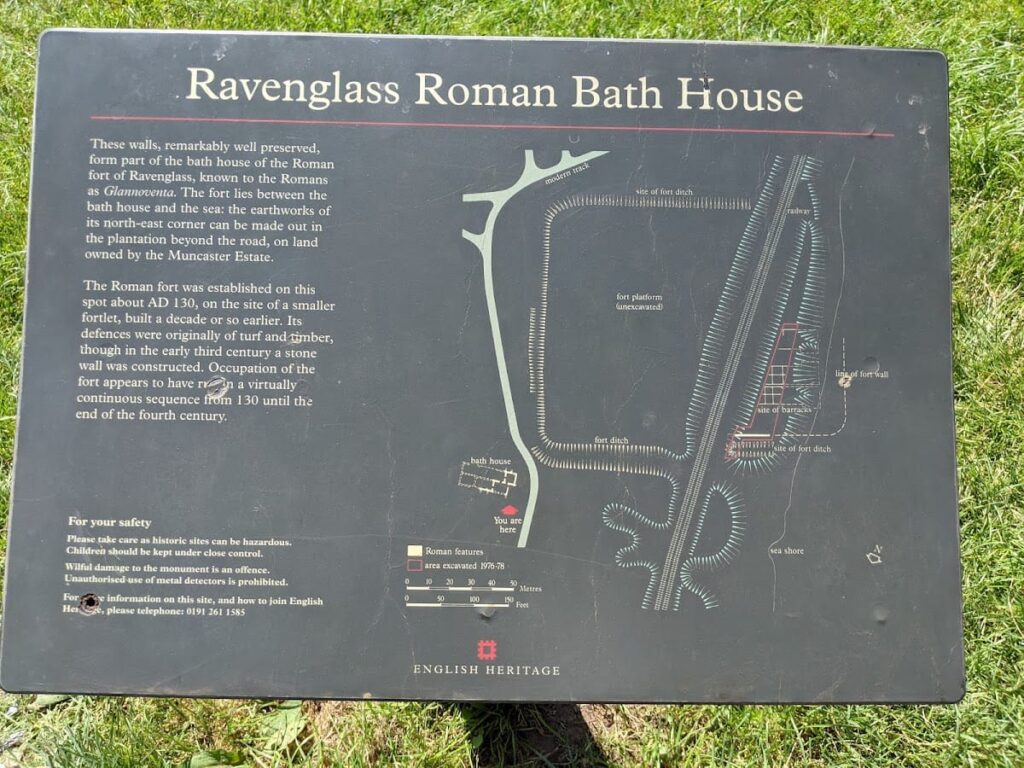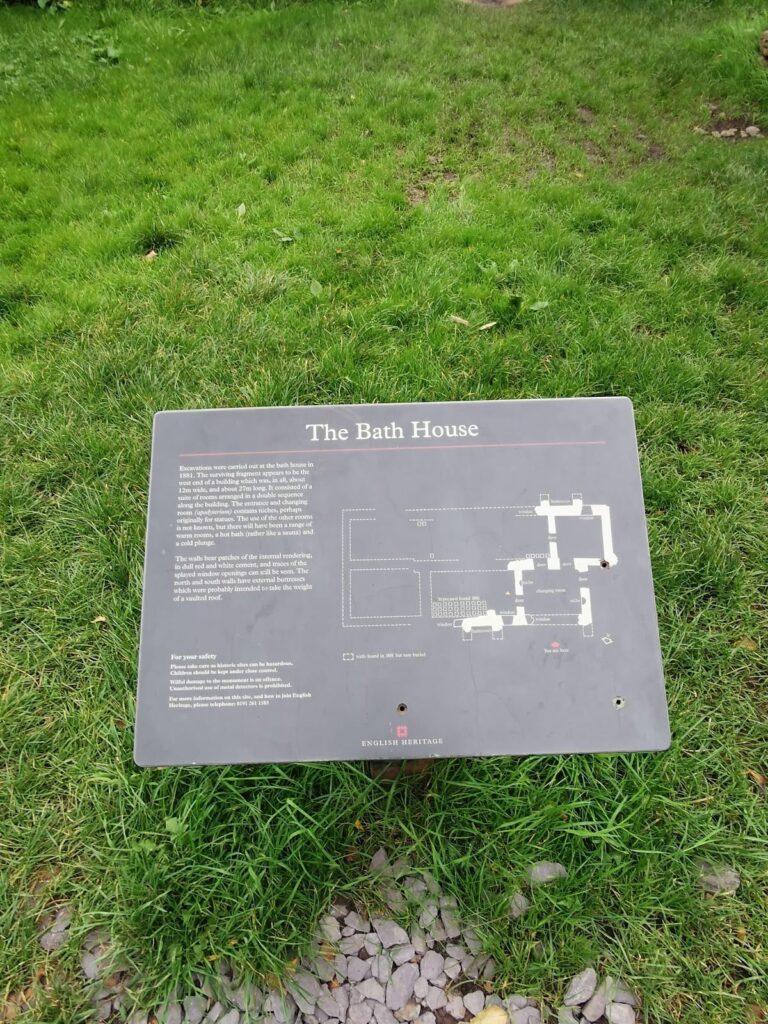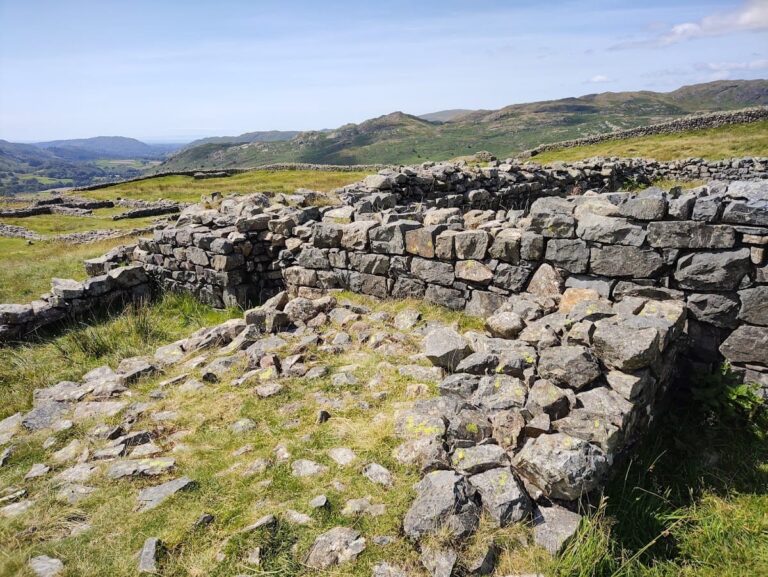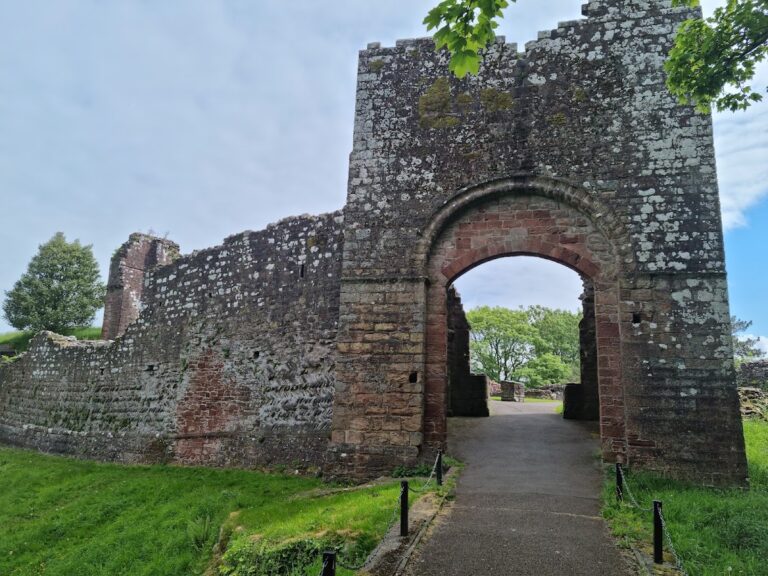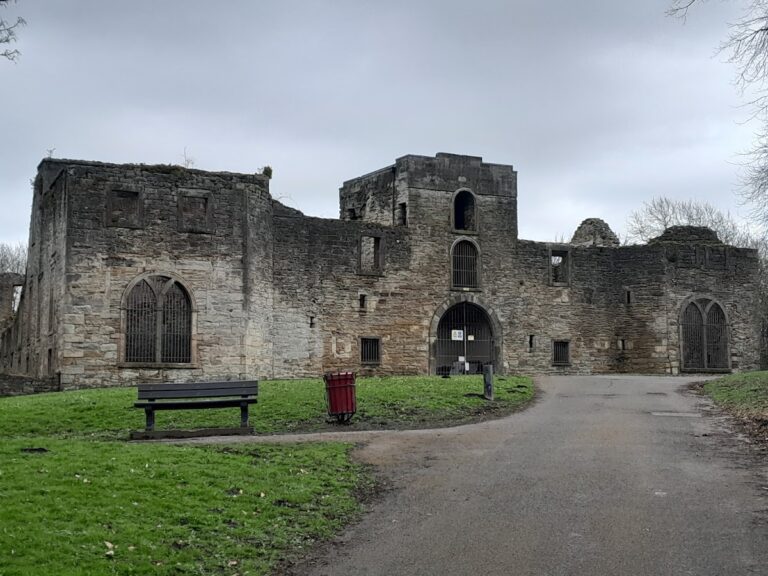Ravenglass Roman Bath House: A Roman Military Site in Cumbria, England
Visitor Information
Google Rating: 4
Popularity: Low
Google Maps: View on Google Maps
Official Website: www.english-heritage.org.uk
Country: United Kingdom
Civilization: Roman
Remains: Sanitation
History
The Ravenglass Roman Bath House is located in Ravenglass, Cumbria, England, and was built by the Romans during the 2nd century AD. It formed part of a military fort and naval base known as Itunocelum. This site guarded the mouth of the River Esk and controlled a key route into the Lake District.
The fort began as a small outpost early in Emperor Hadrian’s reign, between AD 117 and 138. Around AD 130, it was replaced by a larger fort that remained occupied until the end of the 4th century. By AD 158, the fort housed about 500 soldiers, including the First Cohort of the Aelia Classica, an auxiliary unit with naval and cavalry roles. This unit was commanded by Prefect Caedicius Severus, as indicated by inscriptions found nearby.
The bath house was constructed just outside the fort’s north-east corner. It likely served both the military personnel and the civilian settlement, or vicus, that grew around the fort. Excavations have confirmed the presence of domestic buildings and workshops in this civilian area, along with imported goods such as Samian pottery and amphorae, suggesting active trade and economic life linked to the fort.
The fort’s defences evolved over time, initially built with turf and timber, then replaced by stone walls in the early 3rd century. The site remained in use until Roman rule in Britain ended around AD 400. The bath house itself was first identified in the late 19th century but was only confirmed as a Roman bath house in 1919 after earlier misidentification as a villa. Its preservation may be partly due to medieval domestic reuse, although no direct evidence of medieval occupation has been found.
The fort and bath house are now part of the Frontiers of the Roman Empire World Heritage Site and are managed by English Heritage.
Remains
The ruins of the Ravenglass Roman Bath House stand nearly 4 metres high, making them among the tallest surviving Roman structures in northern Britain. The building’s west end remains intact, measuring about 12 metres wide and 27 metres long. It features a double sequence of rooms arranged along its length.
The entrance leads into the changing room, known as the apodyterium, which contains niches likely meant for statues. One niche has a red arch mortared in white, possibly designed to hold a statue of a deity. Other rooms, though their exact functions are uncertain, would have included warm rooms, a hot bath called a caldarium, and a cold plunge pool known as a frigidarium.
The bath house’s north and south external walls are strengthened with buttresses, probably to support a vaulted roof. Inside, patches of original Roman wall rendering survive, showing dull red and white cement. Splayed window openings remain visible in the walls.
Excavations uncovered remains of a hypocaust heating system, which used stacks of small pillars called pilae to support a raised floor. Hot air circulated beneath this floor to heat the rooms, especially the two easternmost rooms, which were originally larger and extended further east.
The bath house is located just outside the fort’s walls but close to the fort’s ditch. The ditch itself is still visible but lies on private land and is crossed by railway tracks. The building was constructed with stone walls and internal mortar rendering. Decorative features include the niches and colored mortars.
Finds near the site include fragments of a military diploma, confirming the presence of auxiliary soldiers. Evidence of the civilian settlement includes domestic buildings, workshops, and imported goods, indicating economic activity connected to the fort and bath house.

